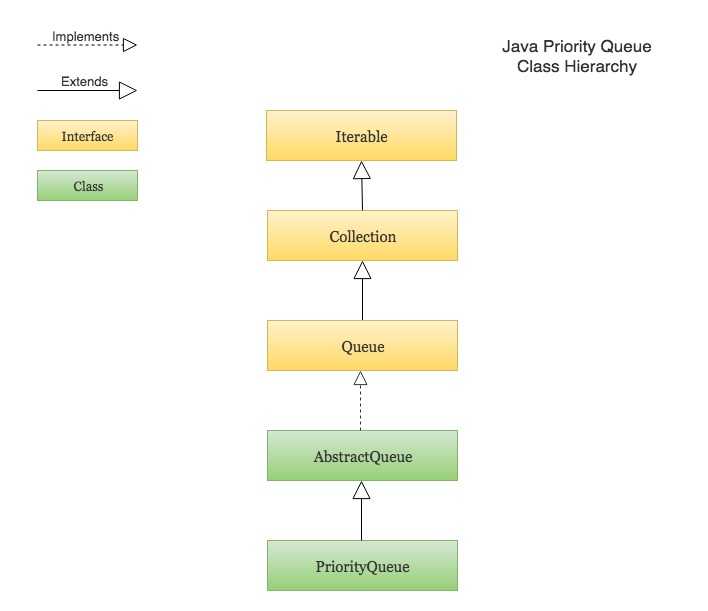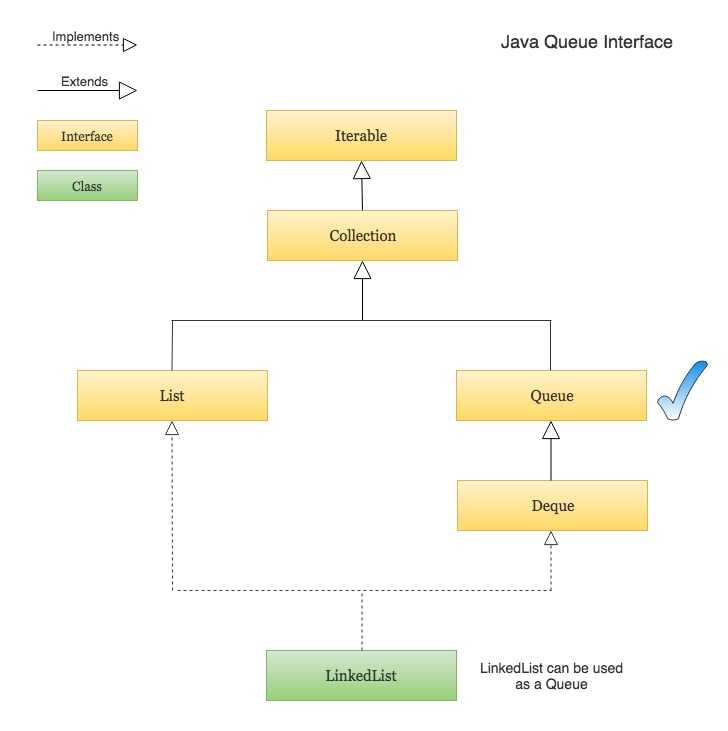

String element = (String) iterator.next() Iterating Through A Java QueueĮlements in a java queue can be iterated using the following code: In our example, we can have only string instances inserted into the queue. In this type of queue, we can limit the type of object inserted into the queue. In the above example, Generic Queue has been used. ("peek(): "+q1.peek()) Įlements in Queue:Įlements in Queue. *however, it returns null if the Queue is empty *peek() method - it works same as element() method, *poll() method - this removes and returns the *element() method - this returns the head of the *this removes the first element from the Queue * We can remove an element from Queue using remove() method, We cannot create instance of a Queue since it is an interface, thus we Let us take a look the demonstration now, Program To Demonstrate Queue Methods If the queue is empty, it returns a null value.Īn overview of the following methods is given as follows: Operation

The queues available in are known as Unbounded Queues, while the queues present in the package are known are Bounded Queues.Īll queues, except the Deques, support insertion at the end and deletion from the front.

Queue supports multiple methods, including insertion and deletion. This interface is available in the and extends the Collection Interface. the elements are inserted at the end of the list, and are deleted from the beginning of the list. These are the pointers this article focus on,Ī queue is a data structure which follows the principle of FIFO (First-In-First-Out) i.e. In this article we will take a look at one such data structure that is Java Queue. The order helps to keep the displayed tasks in a deterministic order (new subtasks * appear below older ones) and not jumbled together in some random order.Java is a powerful programming language and it supports various data structures to make the life of programmers easy. This can be used to display, for example, currently executing * tasks. ** * Gets a list of the unfinished Allocation}s in the order in which those * Allocation}s were encountered.


 0 kommentar(er)
0 kommentar(er)
